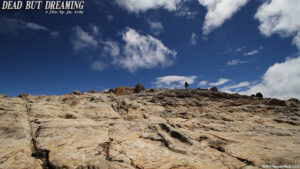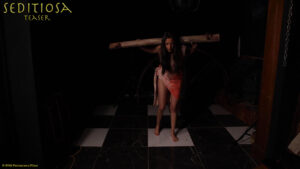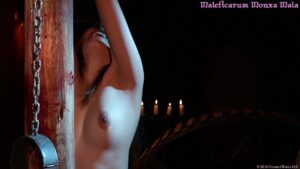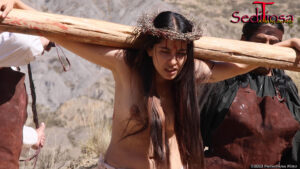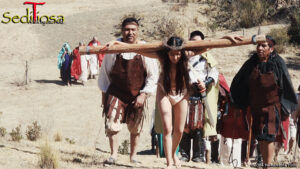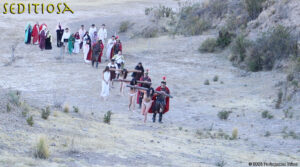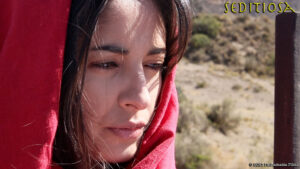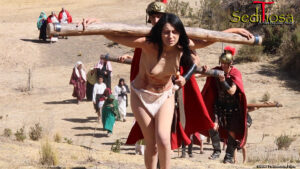Regarding St Eulalia

Sometimes I stumble upon something interesting related to our work. First it was a whole thread dedicated to Amy the legend, at Crux Forums. I found couple of threads about St Eulalia, which is not surprising because Crux Forums is dedicated to the subject of crucifixions and St Eulalia was crucified, according to some ancient accounts.
Ok… now my part.
One afternoon Jac was having a nice walk in Havana, Cuba. It was a period of time in the island that he refers to as Always Sunday. He was invited by the Cuban film institute to complete his film on Haiti at their facilities. He was provided with editing room, lab services, sound recording including having The National Symphony Orchestra of Cuba to record the music for his film, and most importantly, the shooting of dramatic recreations from different eras, as well as archival footage. Great, right?
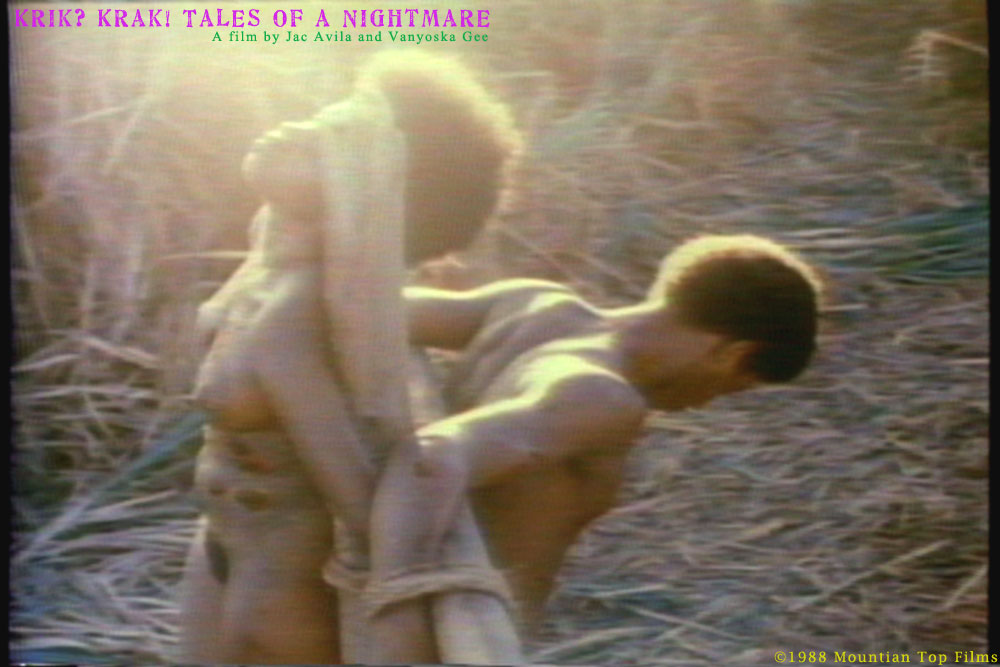
But, it was not an easy time. At one point, Fidel needed a documentary on the medical accomplishments of Cuba, both in the country and outside, so, for some unreasonable reason, the big heads at ICAIC decided to use Jac’s editing room and editor for that so important project and told Jac to just sit and wait… forever… well. The film institute was paying the hotel, the food, medical bills and was giving Jac a weekly cash allowance that was more than what a doctor makes in a month, which caused some people at ICAIC think that Jac had Fidel in his pocket, somehow,… and so on and so forth, so… Jac did not complain … for sometime, … long time, until he could take it no more.
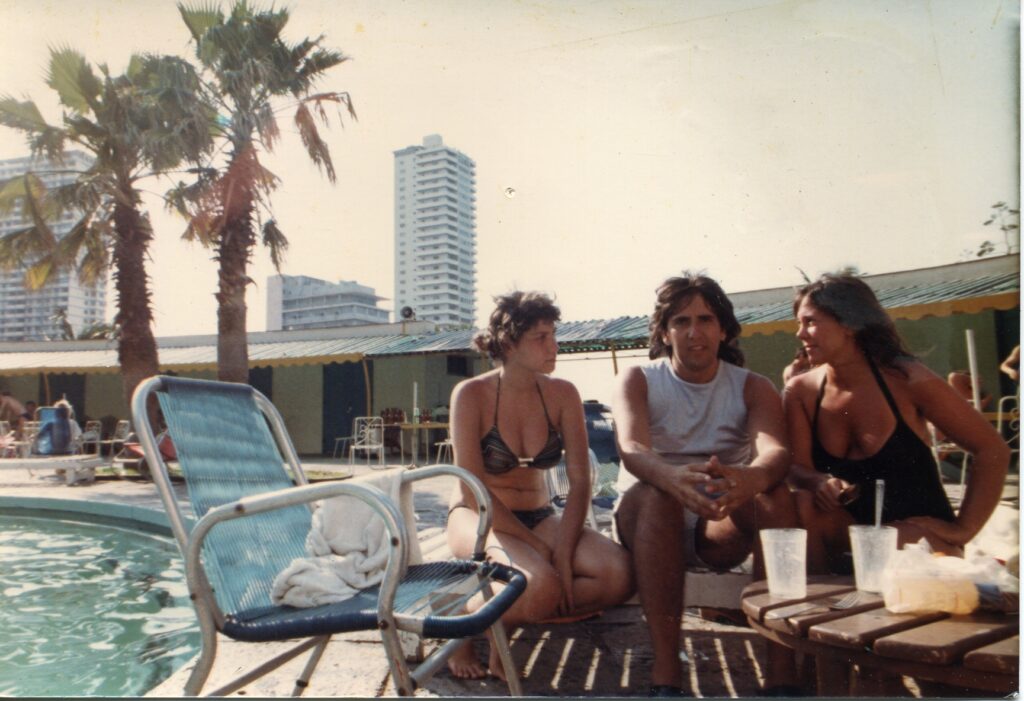
During that eternal wait, Jac had a lot of free time, and having a lot of free time in the Caribbean island can be a lot of fun and sometimes it can be extremely boring. So, to pass the free time in the sunny Caribbean socialist city Jac wrote a script, by hand, no typewriter available, he visited every street in Havana, took long swims at the hotel’s pool and more… one of those afternoons he found a nice bookstore and decided to see what they had to offer. He could use some reading. He was already done with the obligatory Ten Days That Shook The World, Our Man in Havana, Cien Años de Soledad and countless others… including Caniquí, a book that inspired him the story for The Passion of Maricelli. That story was the main reason Jac worked on all those Via Crucis videos with Camille some years later.
Jac was browsing the bookstore when he came across a book of Spanish Medieval Paintings, published in Spanish in (Communist) Hungary, of all places. As he was going over the paintings Jac found one that intrigued him the most, a nice reproduction of the Altarpiece of St. Eulalia, from the Cathedral of Palma de Mallorca, dated from 1350.
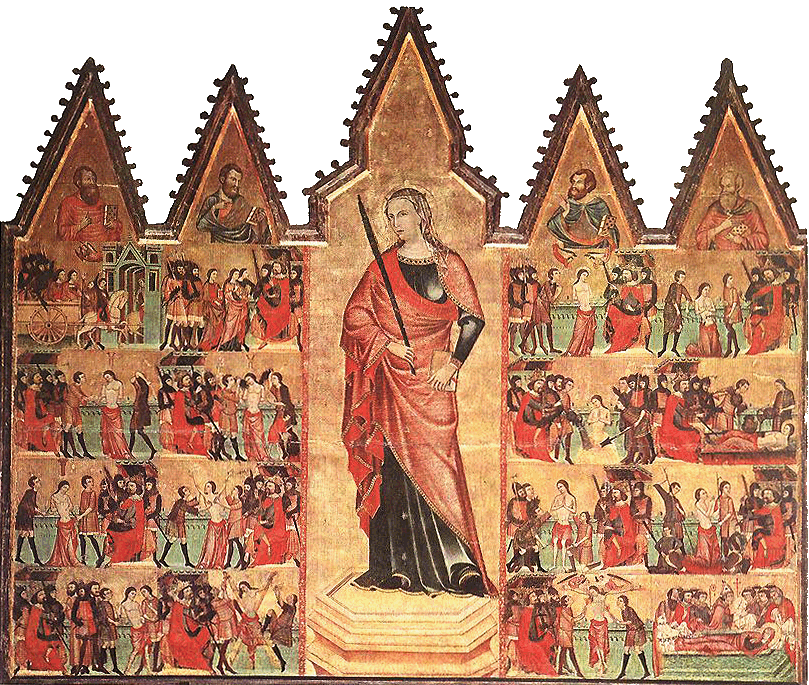
He looked at the image in awe. It was a step by step Via Crucis of the most beloved and favorite martyr of Spain and probably France, it graphically depicts the extreme suffering of the saint as she’s tortured and tortured and tortured, torture some more and finally crucified, TWICE!
Jac grew up Catholic and attended a famous Jesuit school where he was exposed to a great number of paintings of saints in all forms of Martyrdom, the most frequently seen was St Christopher tied to a tree and shot with arrows… apart from Christ on the cross, of course. That emblematic image was all over the school, the city, the country, even above his grandmother’s bed.
In his monthly collection of comics, that included the usual, Batman, Superman, Kalyman, El Monje Loco, and all the rest, you probably know them all, there was one particular comic book that he would look around for and sometimes felt obligated to buy, Vidas Ejemplares, about the lives of saints and martyrs.
Jac was very fond of those long suffering and beautiful martyrs and he was not even a teenager yet.
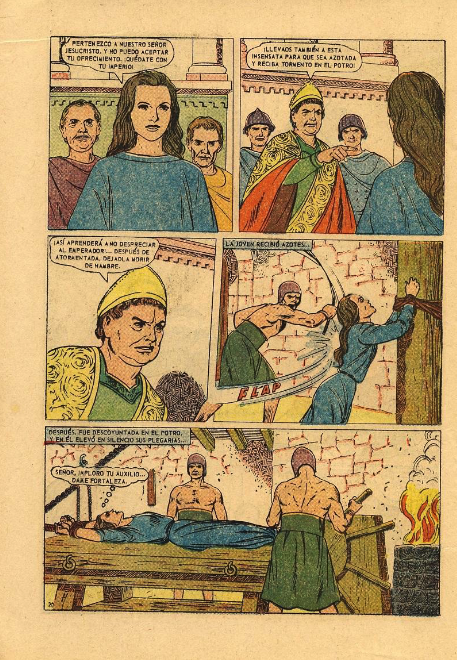
When Jac saw that book of medieval paintings in Havana, he bought it, of course, and began to think of all the ways he could use Eulalia’s story in a movie. The first idea in his head was The Passion Of Maricelli, where he wrote about the young and beautiful protagonist having fantasies about St. Eulalia, picturing herself in the saint’s place, but not only Eulalia, many other female martyrs as well… yes… Jac was running amok with that idea.
In 1986 Jac was in Hungary, he had to retrieve his film negatives from the film laboratory in Budapest, very long story, he arrived on a Friday and they told him that they would have his materials ready on Monday. He had time to kill. He had friends in Budapest, the members of the very famous Hungarian rock band Koral. He met them in Cuba. He decided to visit one of them, Peter the drummer, with whom he forged a nice friendship.
Peter wasn’t home, he was away in a town called Szeged. Peter’s wife told Jac Why don’t you go there? So Jac took the train from Budapest To Szeged. Peter was part of an enormous team that was putting on the performance of Jesus Christ Superstar at the Dom Ter…. I was a young university student working there and that’s where we met. Another long story.
From the time I met him and 1990 Jac was touring the world with the film he was working in Cuba. During that time he was dreaming of his possible new film. From time to time he would drop by Hungary to visit.
We ended up living with in New York City, in a beautiful duplex apartment in the South Street Seaport area, a few blocks away from the World Trade Center and right at the beginning of the very famous Wall Street. It was around that time that Jac was thinking heavily about his film The Passion of Maricelli. He told me about it and he asked me if I wanted to work on some kind of rehearsals on the process of a crucifixion. I said Ok. So, during the time I spent in NY I was flogged, crucified, tortured, crucified, shot with arrows, crucified …
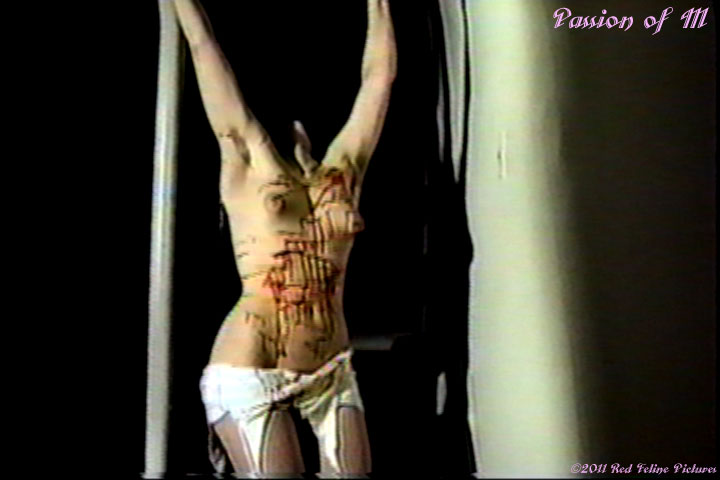
By 1992 we ended up in Bolivia, where Jac wanted to shoot his first fiction film, Pachamama, but needed over a million dollars to produce it and he wasn’t close to get that much money, although there were some interested parties in Europe. Another long story. The point is that during our very first days in Bolivia we met Carmen (Camille) at a mass for Jac’s beloved aunt Mercedes, a poet, who passed away a month before our arrival. The mass was at the Capilla Ardiente in the San Calixto school where Jac passed his grammar school days and where he was exposed to all those paintings of martyred saints I mentioned before.
Frustrated because he couldn’t raise the money for his film, Jac decided to produced a miniseries for TV, The Man From The Moon. He had the script in his head for a while. Carmen became the star of the series and, almost at the same time, the focus of Jac’s interest in turning her into his obsession, Maricelli.
They began working on some videos with that purpose in mind and ended up producing Red Feline On The Cross. That subject is and it will be part of other posts.
We also made a few documentaries in the jungles of Bolivia.

At the end of 97 off to NY we went.
During that period of time, Jac was going through some issues, as he usually does when he falls deeply in love with his martyrs, and began writing a script with St Eulalia as the focus of the story.
As we created RFPIX and money began flowing in, not to mention a growing audience of loyal fans, Jac thought that the film in his head could be made and so he worked and worked on the script for the St. Eulalia film. He titled it The Death Of St Eulalia.

He became very familiar with St Eulalia’s story, the different versions, the two different Eulalias, the one from Merida and the one from Barcelona. Soon the story began to take shape.
He decided that the protagonist of his story would be Camille, the name Jac gave to Carmen as her screen name. He also decided that Camille was going to be somewhat similar to Maricelli, a young beautiful woman with fantasies about saints, particularly about Saint Eulalia. While Maricelli’s main struggle was with her father, Camille was going to have a drama with her boyfriend. And while Maricelli’s co conspirator was Caniquí, a slave, Camille’s co conspirator was going to be a photographer.
He jumped into the story with a fervor, he was going to include many of the tortures he saw depicted in the famous altar piece.
Next, The illustrated version of The Making of Martyr Or The Death of St Eulalia.
